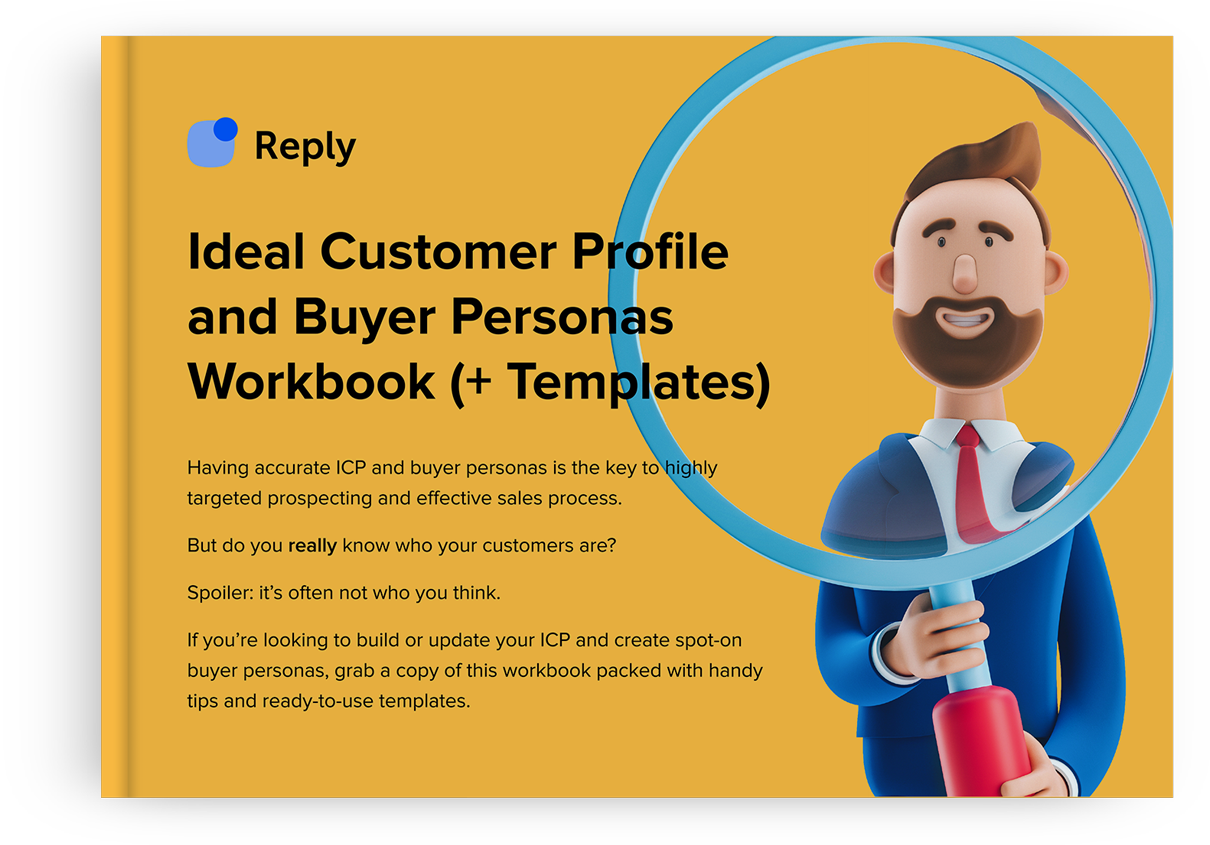1. Stephan Hamilton, co-founder at The SDR Newsletter
The first example comes from Stephan Hamilton, co-founder of The SDR Newsletter. He’s masterfully using relevant research data to bring up the issue his prospect might be facing and suggest a valuable resource – his own newsletter – to help them solve it.
Hi [name] – Congrats on the new SDR role at [company]!
Given that only 68% of SDRs hit quota (according to The Bridge Group), what steps are you taking to make sure you’re up to date on the latest DR tactics and part of that quota hitting group?
Other top performing SDs are finding innovative tactics and real outreach examples by subscribing to The SDR Newsletter.
Any interest in checking it out?
Also, pay attention to the intro line. It combines personalization and intent signal to make the email look targeted. Reaching out to the prospect in the first few weeks since joining a new company is also one of the effective tactics to boost your success rate.
2. Sarah Brazier, Account Executive at Gong
Another outstanding sales leader – Sarah Brazier, account executive at Gong – has recently reshared a post praising her cold emailing skills. Here’s the exact template she used.
[name]
Five days ago you broke down the difference between strategy and rapport building, emphasizing the need to create genuine rapport with your prospects and customers.
In the comments, you expand, “if I had to do more of one, I’d say sales strategy/process over bonding and rapport. Relationships take time to cultivate while bringing great value to a customer can happen a lot faster”
As you think about how you and your sales leadership coach reps on these tactics – be it running a great sales process or having a genuine conversation – it can sometimes be challenging to know how they take your coaching and implement it in the wild.
We surface insights from customer conversations – getting you in front of coachable calls and highlight at risk deals where refinement of strategy could be the difference between winning and losing.
Worth a conversation?
While it’s substantially longer than the previous example, it follows the same framework with a personalized trigger, pain-point, and solution. The email also ties in perfectly with the social selling strategy, using the prospect’s social media activity as the reason for outreach and personalized hook. I bet she liked or even commented on that post before sending this email.
Also, note how she didn’t even mention the company’s name in the pitch. That’s some pro cold emailing move! Much respect!
3. Josh Braun, founder at Braun Training and host of the Inside Selling Podcast
One more thought leader using this framework is Josh Braun, founder at Braun Training and host of the Inside Selling Podcast. Here’s his short and sweet take on this tactic.
Hi [name],
I saw that you’re doubling your sales team.
How are dealing with managing comp plans as you scale?
With [product] you calculate, run & send commission statements in minutes. No errors or hard-pasting entire Excel pages into Google Sheets. Gong and Udemy are saving 40 hours/month
Open to learning more?
Unlike Sarah, he’s choosing to focus on the value prop rather than the personalization or trigger. Also, despite having a very vague reason for outreach, there’s a great social proof element with a clear numerical benefit of 40 hours/month saved. Who wouldn’t want that?
4. Vin Matano, Senior Account Executive at Demandbase
Vin Matano, senior account executive at Demandbase, offers another example of how this email framework can be used to connect with B2B sales prospects. What’s unique about his implementation is that he skipped the reason for outreach part leaving only a quick reference to the ICP role – sales leader.
Hi [name],
As a Sales Leader, curious how your reps prioritize which accounts to reach out to?
If I can create a list for your team of Accounts researching competitors like Salesforce would it be worth a conversation?
Either way, congrats on recently being named Top Sales Coach!
Except for the value proposition merged with the CTA, there’s one more interesting thing about this email. Notice this last line? It’s a smart move to use the personalized hook as the signoff. I personally like adding some custom P.S. sections to my emails as well.
5. Gabrielle “GB” Blackwell, Sales Development Manager at Culture Amp
Last but definitely not least, Gabrielle Blackwell, sales development manager at Culture Amp and a top sales influencer, shares her tactic to “craft a relevance based cold email using a press release article.” This is a perfect example of intent-based outreach that also matches our framework really well.
Hi [name],
You mentioned [quote] in the [article publisher name].
How are you and your team going about [superpower your solution unlocks] as a part of [initiative mentioned in article]?
Thanks [name],
Although there’s no sales pitch, just a genuine question from a peer, this email can do the job and help you start a conversation. If the prospect replies with more details on how they are solving the problem you’ve mentioned, this will give you some extra information to better tailor your value proposition leading to higher chances of booking a call. What I like most about the email (except for the personalization part) is how there’s absolutely no fluff.





